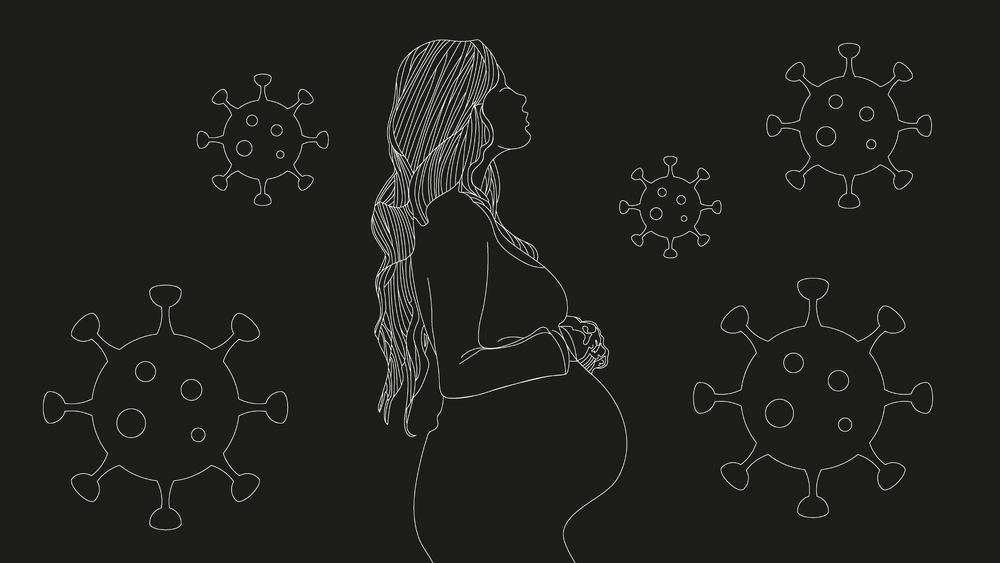Prenatal Insights of SARS-CoV-2
Using MRI as an in vivo tool to explore the effects of SARS-CoV-2 infection on both fetus and placenta
It is already known that SARS-CoV-2 infection during pregnancy is associated with fetus complications (1) – but most research has been limited to histopathological investigation of the placenta. Furthermore, pathological study only allows placental development to be measured ex vivo toward the end of development. Delivering high tissue contrast, magnetic resonance imaging (MRI) represents an excellent non-invasive tool for identifying placental abnormalities in vivo before birth, so researchers applied it to the challenge of understanding the impact of SARS-CoV-2 infection during pregnancy. Specifically, they wanted to understand if it was capable of visualizing the effect of infection on the fetus and placenta (2).
Between July 2020 and July 2022, MRI examinations were performed on pregnant women an average of 83 days after a positive SARS-CoV-2 PCR result. Twenty infections were classified as pre-Omicron variants (Wildtype, Alpha, Delta, unknown but pre-Omicron); 18 infections were Omicron.
Placentas in the pre-Omicron infection group demonstrated more frequent lesions (lobulation and hemorrhages). However, compared with noninfected controls, globular shape changes of the placenta were evident in both the pre-Omicron and Omicron groups. As well as higher frequency of lobulation and hemorrhages in the pre-Omicron group, a significant increase in placental thickening was also found. Two fetuses in the pre-Omicron group (wildtype) showed perinatal cerebrovascular fetal lesions. Furthermore, fetal growth restriction (FGR) was found in 5.6 percent of Omicron fetuses and 25 percent of pre-Omicron fetuses. The pre-Omicron FGR cases were found to correlate with globular placental expressions.
In the paper, the researchers suggest that thickening of the placenta with globular shape changes could be “a compensatory mechanism in placental insufficiency” – which has been linked with vascular causes. From this, the researchers deduced that the effects on the fetus are caused by malperfusion of placental vessels.
Two potential explanations offered for the differing rates of placental lesions across variants are Omicron’s lower pathogenicity and higher vaccination coverage at later stages of the pandemic, though both of these variables were not measured. Furthermore pre-existing maternal risk factors and diseases were not available for all cases.
Overall, the study demonstrates the potential of MRI as a reliable in vivo diagnostic tool for examining the effects of SARS-CoV-2 on the placenta and fetus. Specifically, there is evidence of placental lesions based on vascular malperfusion following SARS-CoV-2 infection during pregnancy, which is more prominent in pre-Omicron variants, and could explain associated fetal morbidities, such as FGR.
References
- E MyClymont et al., “Association of SARS-CoV-2 Infection During Pregnancy With Maternal and Perinatal Outcomes,” 327, 1983 (2022). PMID: 35499852.
- P Kienast et al., “SARS-CoV-2 variant-related abnormalities detected by prenatal MRI: a prospective case–control study,” Lancet Reg Health Eur, [Online ahead of print] (2023). PMID: 36713638.





